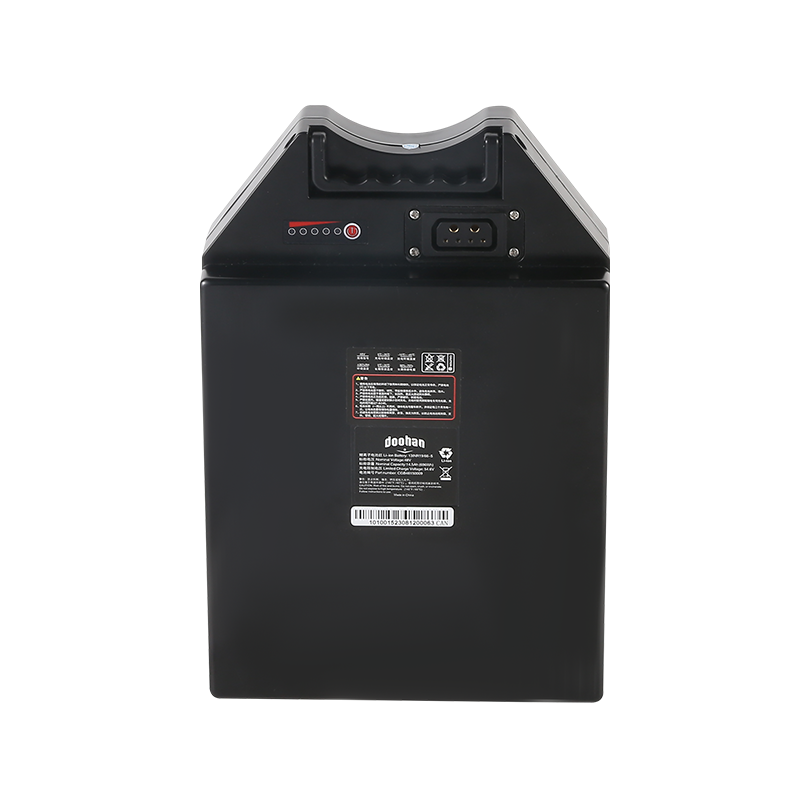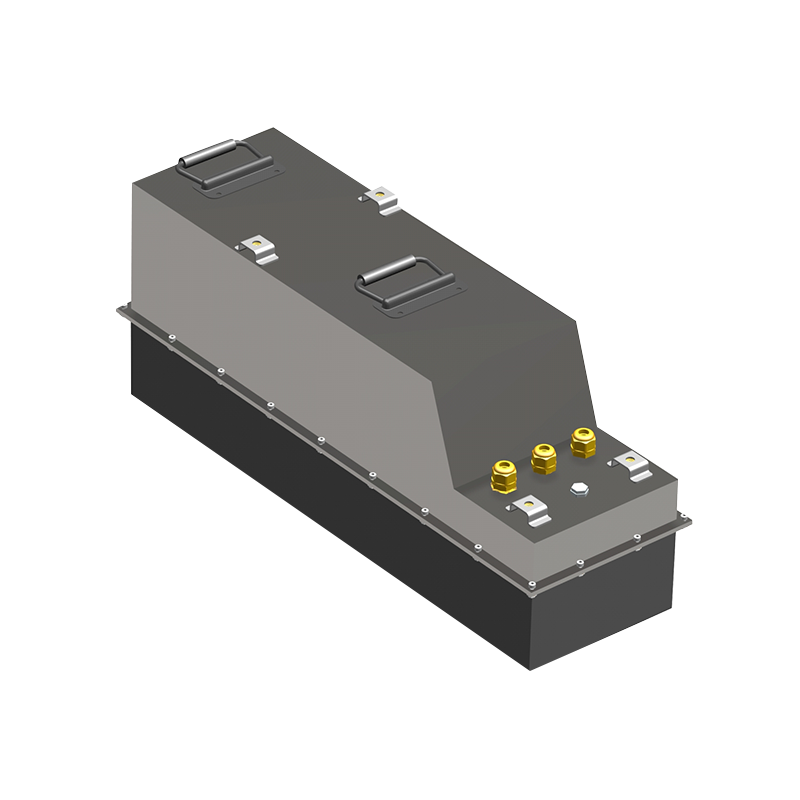Web Menu
Product Search
Exit Menu
The Role of Photovoltaic Coupled Energy Storage in the Power Sector
In the dynamic landscape of the power sector, the integration of Photovoltaic Coupled Energy Storage systems is playing a pivotal role in reshaping the way energy is generated, stored, and utilized.
Traditional power generation methods, largely reliant on fossil fuels, have given way to a more sustainable and decentralized approach. Photovoltaic (PV) systems, harnessing energy from the sun, have emerged as a clean and renewable alternative. Coupling PV systems with energy storage technologies represents a transformative shift, addressing the intermittency of renewable energy sources and enhancing grid reliability.
Photovoltaic Coupled Energy Storage refers to the combination of solar photovoltaic systems with energy storage solutions, creating a comprehensive and self-sustaining power generation and storage ecosystem. This coupling allows for the capture of solar energy during peak sunlight hours, storing excess energy for later use during periods of low or no sunlight.
Key Components:
1. Photovoltaic Panels:
Solar panels, typically installed on rooftops or in solar farms, capture sunlight and convert it into electrical energy through the photovoltaic effect.
2. Energy Storage System:
This encompasses various storage technologies, such as lithium-ion batteries, that store excess energy generated by the PV panels. These systems ensure a continuous and reliable power supply, even when sunlight is not available.
3. Inverter and Power Electronics:
An inverter converts the DC power generated by PV panels into AC power for use in homes, businesses, or the grid. Power electronics manage the flow of electricity between the PV system and the energy storage.
4. Smart Energy Management System:
A sophisticated control system optimizes the operation of the PV system and energy storage, ensuring efficient energy production, storage, and distribution.
Microgrid Energy Storage systems represent a decentralized approach to energy production and storage. These systems, often incorporating Photovoltaic Coupled Energy Storage, serve local communities, campuses, or industrial complexes. The benefits of Microgrid Energy Storage include enhanced resilience, reduced reliance on the central grid, and the ability to operate autonomously during grid outages.
Advantages of Microgrid Energy Storage:
1. Resilience and Reliability:
Microgrids with integrated energy storage provide a resilient and reliable power supply, minimizing disruptions during grid outages or adverse weather conditions.
2. Energy Independence:
Communities with Microgrid Energy Storage systems gain a degree of energy independence, reducing their dependence on external power sources and contributing to a more sustainable energy landscape.
3. Optimized Energy Distribution:
Smart energy management within microgrids ensures optimized energy distribution, allowing for efficient use of locally generated renewable energy.
4. Integration of Renewable Sources:
Microgrid Energy Storage facilitates the integration of various renewable energy sources, including solar and wind, contributing to a cleaner and more diverse energy mix.
Smart Battery Energy Storage systems leverage advanced technologies and control systems to optimize the performance of energy storage. These systems play a crucial role in mitigating the challenges posed by the intermittent nature of renewable energy sources and contribute to grid stability.
Features of Smart Battery Energy Storage:
1. Advanced Battery Management:
Smart Battery Energy Storage incorporates sophisticated Battery Management Systems (BMS) to monitor and control battery performance, ensuring optimal charging and discharging.
2. Predictive Analytics:
The use of predictive analytics enables smart systems to forecast energy demand and supply, allowing for proactive adjustments in energy storage and distribution.
3. Grid Integration Capabilities:
Smart Battery Energy Storage systems seamlessly integrate with the grid, responding to grid signals and providing ancillary services such as frequency regulation and peak shaving.
4. Demand Response:
These systems support demand response initiatives, allowing for dynamic adjustments in energy consumption based on grid conditions and pricing.
-

+86-13049701086
-

Stonehuang@CGONEN.com
-

No.88, Huji Road, Taizhou Bay Binhai New Area, Jiaojiang District, Taizhou City, Zhejiang Province, China











